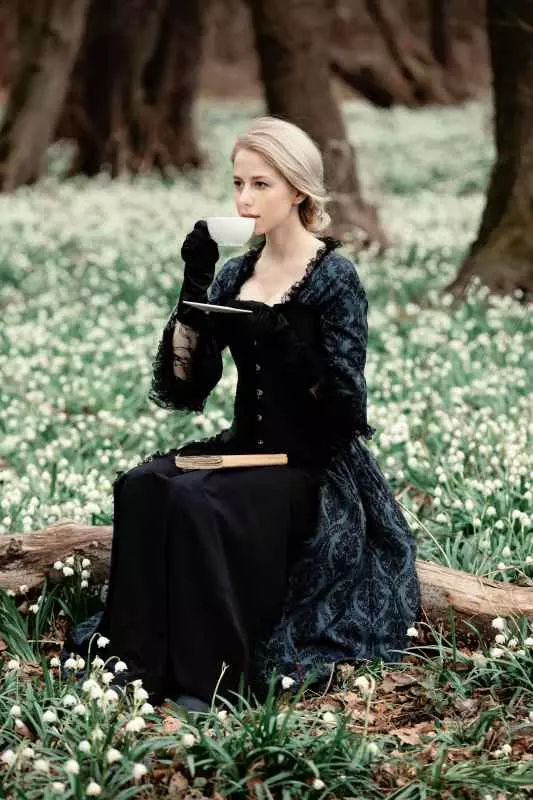Sexuality and literature: How stories shape our view of intimacy
Sexuality in literature: The key to understanding intimacy
Sexuality is a subject that has fascinated both authors and readers for centuries. In literature it is depicted in many different ways - from romantic raptures to brutal descriptions of the human body. ДThanks to literature, we can better understand not only our own desires, but also social norms and cultural taboos related to intimacy.
The Romantic Era: Sexuality as an expression of emotion
During the Romantic era, literature began to focus on sensitization to emotions and personal experiences. Poets and novelists such as Johann Wolfgang von Goethe and Stendhal portrayed love as more than just physical pleasure. Instead, they combined sexuality with deep affection, passion and artistic devotion. Descriptions of their characters often oscillated between desire and the obstacles posed by social norms.
Modernity and sexuality: a revolution in thinking
With the advent of the 20th century, literature became a place where traditional ideas about sexuality were challenged. Authors such as James Joyce and D.H. Lawrence began to explore the complexity of human desires and the conflicts that can arise from satisfying them. Functioning taboos and social norms were challenged, and literature became a tool for exploring the boundaries of intimacy, both in a personal and social context.
Sexuality as a cultural reflection
Literature has the ability not only to shape, but also to reflect and critique cultural norms related to sexuality. Authors often become commentators on social realities, and their works can point to significant changes in perceptions of intimacy. An example is the work of Virginia Woolf, who explored issues of gender and sexual identity in the context of the late 19th and early 20th centuries.
Contemporary literature: many voices, different perspectives
Contemporary literature has become much more diverse in its portrayal of sexuality. Authors such as Rupi Kaur and Angela Davis are addressing issues of gender identity, sexual orientation and social support for LGBTQ+ people. This makes literature a space where diversity and inclusivity can be celebrated and understood.
Sexuality in literature and our perception of intimacy
Literature has the powerful power to influence our thinking. Through reading about love, desire and the tragic fates of characters, we can confront our own feelings and experiences. This makes literature often become not only a form of entertainment, but also a tool for therapy and reflection on our own sexuality. In this way, stories influence our view of intimacy and shape our own identity.
Sexuality and Society: The role of literature in developing attitudes
Literature not only reflects existing attitudes, but also influences them. As our understanding of sexuality evolves, so do the narratives in literature. Examples of feminist or queer literature show how stories can challenge prejudice and promote acceptance.
Summary: The power of stories to shape sexuality
Literature has had an undeniable impact on our perceptions of sexuality and intimacy. From Romanticism to the present day, authors are constantly exploring and questioning what it means to be intimate and the challenges posed by the mystical world of desire.
In this journey through diverse narratives, literature offers us not only images and stories, but also tools to better understand ourselves and the world around us.

Add comment